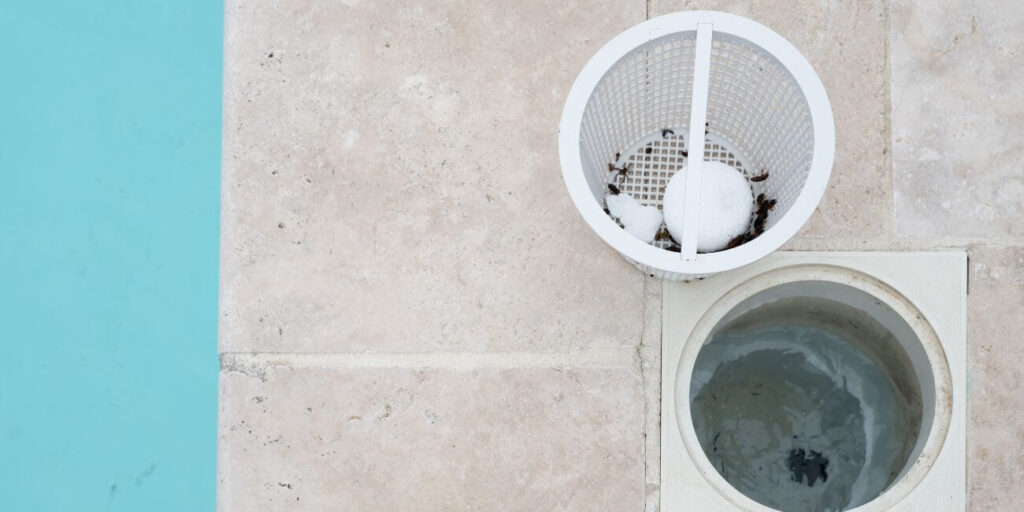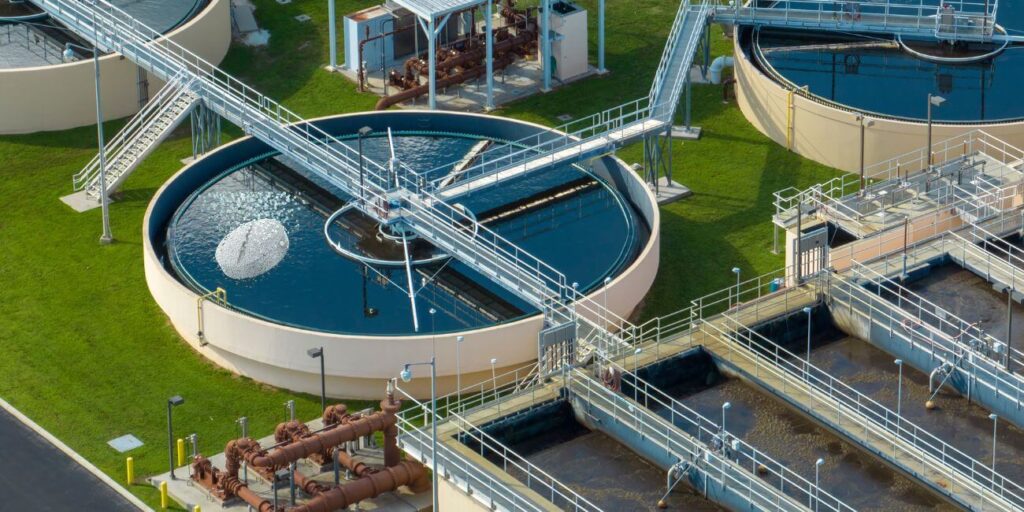Clean water is an elixir for a safe and healthy living environment. If stored in tanks for drinking, washing, or other household reasons, safety should be ensured. Contaminated water may host dangerous bacteria, viruses, and parasites that can result in diseases. At this point, water treatment solutions play their role, and one of the best and most valuable methods for this is chlorine disinfection with a chlorine tablet for water tank.
Table of Contents
-
- What is a Chlorine Tablet?
- Can You Place Chlorine Tablets in a Water Tank?
- How Do Chlorine Tablets Work in Water Tanks?
- How Much Chlorine Do You Need for Your Water Tank?
- Safety Precautions When Handling Chlorine Tablet For Water Tank
- Chlorine Tablets versus Other Water Treatment Methods
- Conclusion:Chlorine Tablet For Water Tank Secures Safety in Water
What is a Chlorine Tablet?
“Chlorine tablets are compacted solid blocks of chlorine meant to disinfect and purify water. Most importantly, they have been designed in ways that kill bacteria, viruses, and any other type of harmful microorganisms in the water.”
Chlorine is one of the most potent disinfectants and thus finds wide application in various industries, including municipal water treatment and self-water purification. These tablets vary in size, wherein the standard sizes are impregnated with either calcium hypochlorite or sodium dichloroisocyanurate as the active ingredient.

The general water disinfection methods use chlorine tablets because they are practical, easy to store, and convenient. Compared to liquid chlorine, which one needs to handle carefully and measure, chlorine tablets are appropriate and convenient for water treatment with precise measurement. When dissolved in water, the tablets release chlorine gas that kills harmful microorganisms.
While chlorine tablets are first thought to disinfect water in swimming pools or spas, their disinfection has wide applications in water disinfection at home and industrially. This would include water tanks where the infrastructural setup for water treatment is either very limited or lacking totally.
Yes, you can put chlorine tablets in a water tank. Adding chlorine tablets to water is one of the most effective ways to disinfect and ensure that such stored water remains safe for consumption. Chlorine tablets can also be used in rainwater harvesting systems, wells, or any other form of water storage to treat water against pathological algal and bacterial attacks.
But is it safe to do so? Let’s break it down.
This means that if you store water in a tank for drinking, cleaning, or irrigation, one thing is sure: it has to be free of all contaminants. Water tanks might provide a perfect ground for bacteria, algae, and other microorganisms, considering the water remains unhandled or at the mercy of the surrounding environmental elements. This is quite true in most regions where water resources are highly susceptible to spoilage.
A chlorine tablet for water tank work simply by releasing chlorine into the water over time to disinfect it. If the guidelines indicate so, chlorine tablets applied accordingly make the water safe to drink quickly and effectively.
How Do Chlorine Tablets Work in Water Tanks?
The working principles of a chlorine tablet for water tank are simple yet effective. Chlorine tablets dropped into your tank start to dissolve and releases chlorine gas into the water. Furthermore, chlorine is a powerful disinfectant, killing harmful microorganisms, including bacteria, viruses, and parasites that can contaminate the water.

Here is the science behind it:
Dissolution is when the chlorine tablet dissolves in water upon application to release its chlorine components at a controlled rate.
Chemical Reaction: Chlorine, being dissolved, acts with the walls of the pathogens’ cells, bursting the cell structure and killing them. This is called oxidation, and therefore, chlorine water purification is effective.
Residual Disinfection: Some quantity remains long after chlorine has disinfected the water. This, in turn, acts as further protection from possible contaminations in the future and, therefore, extends the period during which the water remains safe.
The effectiveness of chlorine in water treatment is determined by the number of disinfections or chlorine concentrations, the species and number of pathogens present, and the water temperature. The general rule is that more chlorine is needed for more extensive or highly contaminated water volumes.
How Much Chlorine Do You Need for Your Water Tank?
The quantity of chlorine required for disinfection depends partly on the tank’s capacity, the level of contamination, and, of course, the brand of chlorine tablets. Either way, chlorine tablets are typically issued with prescriptions based on the tank’s water amount.
The general rule of thumb:
For smaller water tanks, such as those up to 500 gallons, one would need a single or perhaps two chlorine tablets, depending on the strength of the tablets.
You may need additional tablets for larger tanks or higher contamination levels. It must be applied very carefully according to the instructions presented by the maker, too little will not disinfect the water effectively, while too much may render the water unsafe to drink and make it taste or smell bad.
Safety Precautions When Handling Chlorine Tablet For Water Tank
While chlorine tablets are a relatively harmless and effective method of disinfection in water, one does need to handle them with some respect and follow a few minor safety precautions:
- Instructions: The dosage and mode of application are always determined by the manufacturer’s recommendations. This applies to chlorine tablets, for example, which can only treat specific quantities of water. The water will be effectively treated and blessed if the dosage is correct.
- Avoid Overuse: Too much chlorine dosed into the water results in the unpleasant taste of drinking water and may cause skin irritation or irritation of the mucous membranes. If the water is heavily chlorinated, it could mean too much chlorine has been added.
- Wear Your Protective Gear: These chlorine tabs are chemicals and must be treated, so always wear gloves to avoid skin irritation. Also, avoid inhaling the fumes or placing them in the tank when opening the package.
- Proper Mixing: Immediately after introducing the chlorine tablets, they will take some time to dissolve and mix with the water properly. This may take several hours or more, depending on the tank’s volume.
- Wait Before Use: If chlorine is added, water should only be consumed for at least 30 minutes to 1 hour to ensure that the chlorine has had a chance to sanitize the water thoroughly.
- Ventilation: If the chlorine tablets are to be used in an enclosed space, ensure proper ventilation to prevent the buildup of chlorine gas.
Chlorine Tablets versus Other Water Treatment Methods
However, although chlorine tablets do a highly effective job of disinfecting water, they are not necessary. Let’s compare chlorine tablets to some of the other common ways people treat water, look at some pros and cons associated with each, and learn how a water treatment system works:
- Boiling: Boiling water can render bacteria and viruses inactive. However, cooking large quantities of water is impossible and requires a heat source. Besides this, it does not remove chemical contaminants such as pesticides or heavy metals from water.
- Filtration: Water filters remove sediment and a few microorganisms, however, most basic filters are not designed to kill bacteria or viruses. Some specialized filters, such as those for campers, will remove bacteria but not viruses.
- UV Purification: Besides purifying water with chlorine tablets, another method is killing bacteria and viruses by shredding their DNA through UV light exposure.
However, UV treatments use electricity and don’t work on chemicals, therefore, this method of purification using chlorine tablets is much more versatile.
The active ingredient chlorine, in general, covers all classes of pathogens. It’s incredibly inexpensive, easy to store, effectively covers the treatment of volumes of water in massive amounts, and it’s good to go for a very long time.
Besides, chlorine is suitable for long-term storage and can be used in various situations, from home water systems to camping. In a nutshell, while chlorine tablets are not the most appropriate in all respects, they are, in fact, one of the most convenient and versatile methods of disinfecting a water storage tank.
Conclusion:Chlorine Tablet For Water Tank Secures Safety in Water
Chlorine tablets usually do a decent job disinfecting water stored in tanks. Therefore, this would be very important: an effective and reliable means of disinfecting tank water. A complete understanding of their application, how they work, and when to apply will ensure that water in a tank is safe enough for drinking, washing, and other household purposes.
Whether preparing for an emergency, treating water in a rural area, or simply maintaining a large water tank, chlorine tablets are essential for keeping your water free from harmful microorganisms. Safety precautions while following proper dosing and giving time for chlorine to act are some of the crucial things to bear in mind.
If precautions are taken, chlorine tablets will become your friend for safe, clean water for you and your family, whether your water tank is small or big, whether you live in the desert or the ocean. Incorporating chlorine tablets into your water treatment routine is another good way to get that extra measure of confidence in the safety of your water supply.
